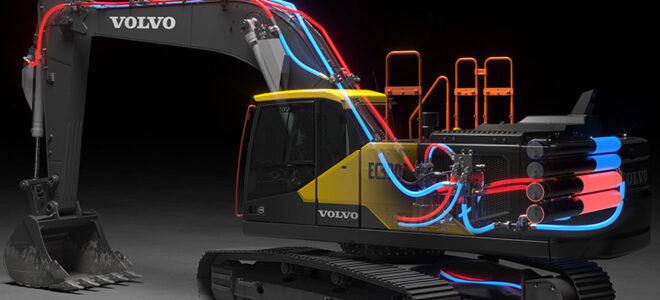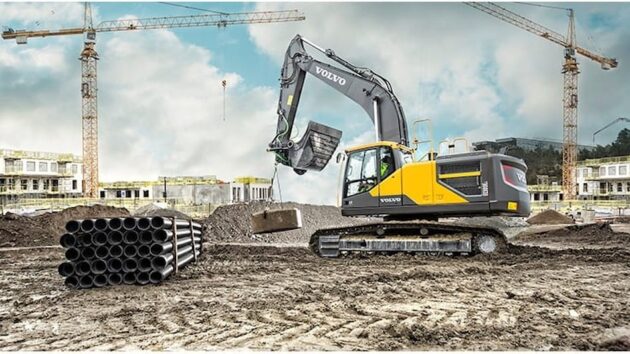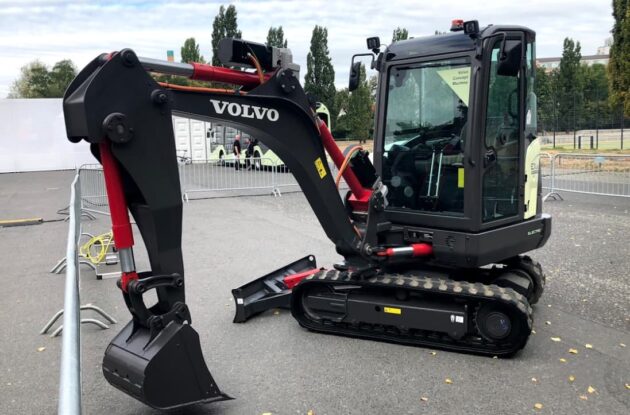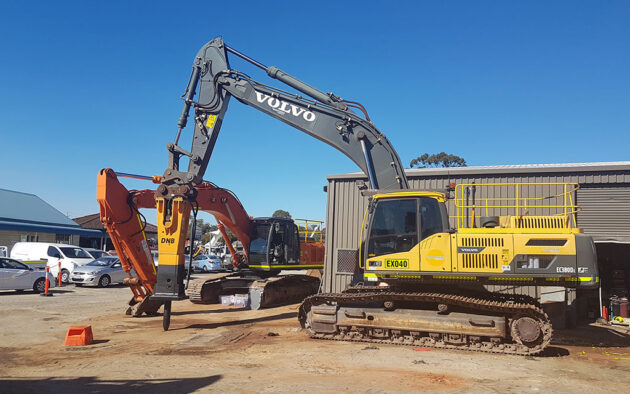
The Volvo company was launched in 1927. Today, it’s a popular brand in the car-making industry. Vehicles featuring the bold Volvo logo ride the roads and streets of over 100 countries. And most users confirm that the vehicles are reliable with top-rate performance.
Indeed, Volvo cars perform up to par. This is due to the unique technologies and devices they feature. One of these being linear actuators. Linear actuators improve the performance of Volvo vehicles in many ways. We discuss this in detail below:
less reliance on hydraulic cylinders

Source: recyclingtoday.com
Before linear actuators became popular, hydraulic cylinders were the norm for creating linear motions. As a result, many Volvo cars — especially old ones — have these cylinders. This has changed.
Recent cars from the brand feature few hydraulic components. Some are even completely free from them.
Consider the Volvo EX02 electric excavator prototype, for example. It uses only electric linear actuators. Volvo’s reason for this switch is clear. Actuators are more efficient as they don’t use hoses, pumps, or valves.
Also, the electric devices consume less energy and create less heat. This means the car components are easier to maintain and more environmentally friendly.
Better Control Systems With Sensors

Thanks to linear actuators, Volvo cars work better with sensors. First, note that the manufacturer uses more electric actuators that convert energy from electrical to mechanical. With this, the vehicles’ control systems stay stable as there’s less pressure drop.
The sensors that linear actuators introduce help improve automation. The control systems can adjust to work with different speed and load requirements. They do this by changing the chambers’ configurations.
Since the sensors switch to match different operations, Volvo car systems are safe from overloading. In other words, the vehicles become less prone to wear and tear.
Also, control is easier for the car operator, thanks to linear actuators. The devices connect to drives, motors, feedback devices, among others. With this, there’s less complexity and more flexibility.
Increase in Battery Life and Operating Time

Volvo machines get more battery life thanks to linear motion devices. How this works is simple. Linear actuators boost fuel efficiency and reduce carbon emissions. As a result, the battery suffers less strain.
Consider the electric excavator EX02 mentioned before. Volvo states that it’s 10 times more energy efficient than similar machines. Hence, users will spend less on fuel.
The EX02 isn’t the only top vehicle using linear actuators from the manufacturer. A second example is Volvo’s hybrid wheel loader LX1.
According to Volvo, the LX1 reduces fuel consumption by 50% compared to competitors. With less fuel consumption, the machine can stay running for longer. In other words, users get more operating time.
Conclusion
Volvo is changing the automotive industry with creative vehicles and prototypes. Most recent productions from the manufacturer feature linear actuators. And the motion devices deliver many advantages.
In particular, linear actuators ensure Volvo vehicles depend less on hydraulics. They help them perform better by removing hydraulics and introducing sensors. Also, they increase battery life and operating time.



